“URANIA derives her name from Ouranos, the primal god of the heavens (and a great-grandfather of the nine sisters); she is the Muse who presides over astronomy and the stars. She is also considered a figure of Universal Love, a kind of Greek version of the Paraclete, or Holy Spirit.”
—Stephen Fry, Mythos
This week, we return to The People of Light and Shadow series exploring the characters and creatures of fairytale and folklore, with “The Muse, Urania” featuring actor and astrologian Quinn Leary.
The Muse, Urania
by Quinn Leary
“Squint skyward and listen
Loving him, we move within his borders
Just asterisms in the stars’ set order”
—Joanna Newsom, “Emily”
Many are familiar with the Muses—as a beautiful and joyful group of songstresses from a certain cartoon film perhaps, or more ephemerally as an energy of inspiration called on when in a creative rut. However, each of these entities has a richness and a life all their own, and when given the chance, I happily stepped under Urania’s starry mantle.
Urania is the Muse of Astronomy, her name Ούρανια, meaning “Heavenly,” and she is beloved of sailors, diviners, scientists, and romantics. Anyone who feels their heart pulled upward and their eyes locked upon the celestial welkin belongs to her. She first came to me through my work with Aphrodite, with whom she shares the key aspect of Universal Love. So deeply intertwined are the two that their names in hymns and exaltations had become synonymous, not only with one another, but with the immense feeling of simultaneous smallness and oneness one feels when contemplating the stars. They are the great Embrace of the Cosmos.
Robed in stars, contemplating the sphere of the Heavens, reading and recording the fates of those who move beneath their watchful gaze, Urania’s descriptors and responsibilities left plenty of room for us to play, both visually and in characterization. Being of Greek heritage, capturing elements of classical attire, particularly centering my interpretation around the Night Blue Himation, was a very connective experience for me. Her later connection to Christian Poetry through Classical ideals being integrated into the Renaissance Church opened up doors to call in visual elements of other Queens of Heaven. In particular, the Holy Mother, whose connection in modern Greece reflects deep echoes to the worship of Aphrodite throughout their history. This gave us the foundation to create a being who was both apart and inextricably connected, tasked with keeping the deep mysteries but also with revealing them to the curious or intuitive seeker, a being that is both astral and corporeal.
Steve’s collaboration, deep intuition, and boundless capacity for curiosity helped me to find the character of Urania, not only visually, but deep within my own spirit. He truly was my guide through the dark. His photographic and artistic magic was the catalytic heat and compression needed to take my particulate cloud of ideas and birth a glittering star.
Photography
Rose Nobs, the featured makeup artist for The People of Light and Shadow series, did the makeup for Urania. Her other work on this series includes “The Merrow,” “The Hidden One, Hel,” “The Pixie,” “The Queen of Air and Darkness,” as well as the upcoming portrait 19. Rose and Quinn worked together to create a look that suggested the sky, space, and nebulae on the face of this strange immortal being, upon which I would texture some stars. I love the way the makeup divides Urania’s face between planes of night sky and moonlight, revealing as much of the muse’s humanity as it conceals.

I had the dubious notion that I should shoot this one on black, even though I knew a black background wasn’t going to work well in a composite. I knew I wanted to add some stars, and at the time the old black background seemed the way to go. Even shooting at our standard settings for this series (f/8, ISO 100, 1/200 sec, 85 mm), the images looked good as we photographed them, and I was prepared to layer stars upon the dark background in the final work. And yet…
There’s always that final “What if we do one last experiment…?” sequence, and in this case we put up the blue canvas backdrop that Elizabeth and I painted in the summer of 2020. Immediately, the blue background suggested the darkening sky. At this point all the previous images from our session seemed like lesser contenders for our ultimate selection.
Most of our initial images on black were a two-light setup with a beauty dish as key light and an umbrella filling in some shadows. The final images were, as I recall, a single, narrow, gridded strip box that was partly masked or flagged by a reflector in the hands of Elizabeth MacDougald. Once we started shooting on the blue canvas background, I wanted a little bit of soft light on Urania’s face, fading quickly into shadow.

Editing and Compositing
We wrapped the session on my favorite image. When selecting the final image for the series, I browsed the others, but the the last image struck me. It also closely resembled the pose in some of Quinn’s concept illustrations. It seemed then that layering in some stars would be all that was necessary, and perhaps that’s true, but it went so much farther than that.
First there was the regular skin cleanup and evening out areas of light and shadow where necessary. Then there was the addition of further textures onto the background to make it appear more consistent and uniform. Then there were the stars in the robe and the stars on the background and the stars on the face. Things started to get more complicated as I had to decide where there weren’t stars. Certain areas needed to be precisely masked. Then came the moon.
In our initial discussions, there were always moon elements in this image. At one point, the moon would be on Urania’s face. In a later discussion, we talked about adding a moon behind Urania as a framing element. This inspired a conversation with Quinn about how Urania was connected with the Holy Mother in the Catholic church, and how a moon backdrop or halo would lend itself well to this “saintlike” imagery.
“I probably won’t do much to this one. I like it right out of camera.”
Steven Townshend, Famous Last Words
In the initial image, the astrolabe was difficult to distinguish, and I wondered what it would look like if I added one of my moon photographs to it. Then I tried a moon behind Urania. That was one too many moons—and besides, it took away from that beautiful crown. Quinn liked the moon inside the astrolabe and suggested adding some light behind the crown. Within minutes, I previewed a concept for Quinn that showed the rays of light coming from behind Urania’s crown, which seemed to emphasize that saintly aspect even more. We both loved that collaborative discovery.
Instead of a moon behind Urania, I added a galaxy. This galaxy texture and the stars on Urania’s face and robe (the Andromeda galaxy) were public domain images courtesy of NASA.
Perhaps it should have finished there, but what if there were some constellations in the mix? I looked around for a little too long until I found a constellation pattern on Adobe Stock, which I layered onto Urania’s robes and blended with a variety of layers and modes (color dodge was the most helpful for this purpose, though I still had to tweak, dodge, and burn quite a bit to get the effect I desired).
I wish I could make these edits quicker and more accurately. Maybe someday.


Urania Story Inspirations
My first exposure to Greek mythology was the 1969 children’s book King Midas and the Golden Touch, by Al Perkins and illustrated by Harold Berson, followed closely by the 1981 film Clash of the Titans, and then, in elementary school, the beautifully illustrated D’aulaire’s Book of Greek Myths. These myths and the Norse myths fascinated me as a child.
In my adult life I’ve pursued the myths of other cultures, most recently delving into the stories of the ancient Near East that inspired the later Greek tales; I’ve been interested in tales of the ancient Egyptian gods; I’ve taken a deep dive into the kami and folklore of Japan. And then came 2022.
In December of 2021, just as I was trying out the game Assassin’s Creed: Odyssey, set during the Peloponnesian Wars, and which gives the player a detailed look at the personalities, architecture, and geography of the age, I received Stephen Fry’s magnificent book Mythos as a Christmas gift. Mythos reignited my love for Greek mythology and taught me a great many myths and facets of the myths that I wasn’t familiar with. I enjoyed it so much I picked up the audiobook, also narrated by Fry, which is even better. I picked up the following two in the series (Heroes and Troy), and thus began the year of the Greeks.
When Quinn mentioned that he’d like to portray Urania for The People of Light and Shadow, I was beyond excited to learn about a new character from Greek myth.
Immense gratitude to Quinn Leary for this awesome concept, to Rose Nobs for her lovely makeup work, and to Elizabeth MacDougald for her invaluable assistance!
Next in The People of Light and Shadow series…
A HELL of a portrait…

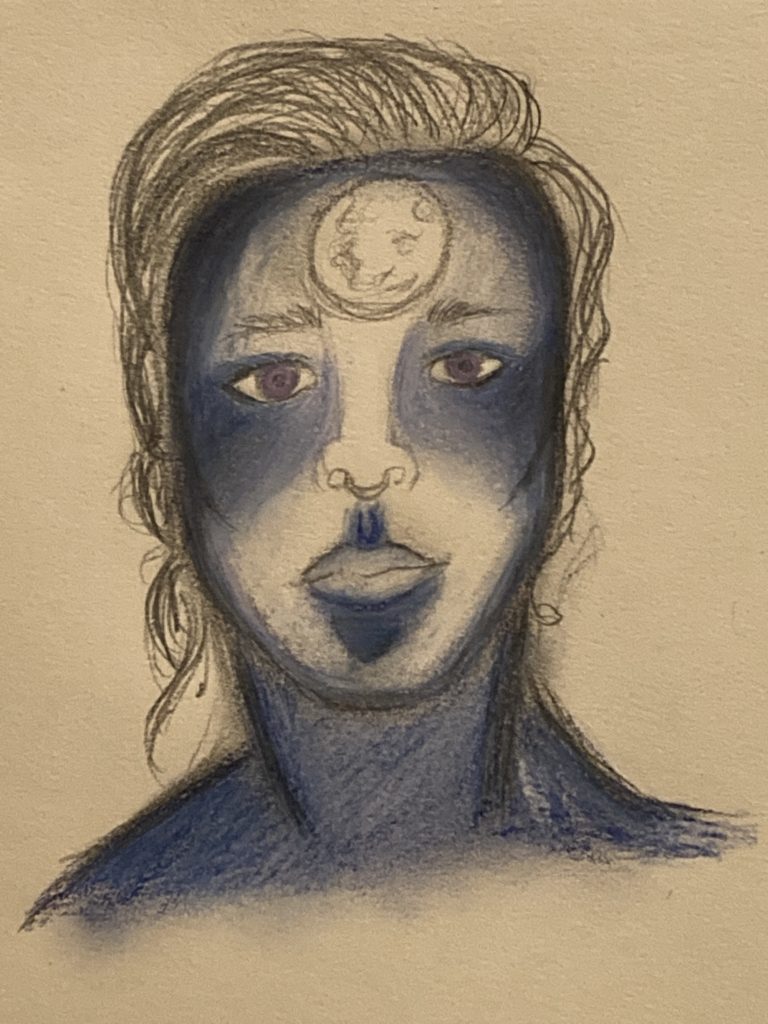
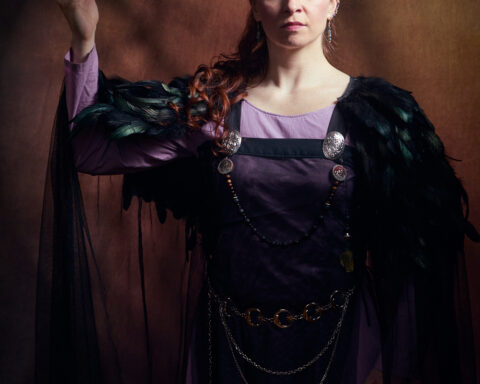

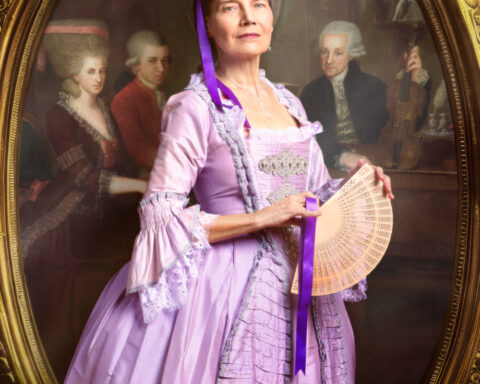
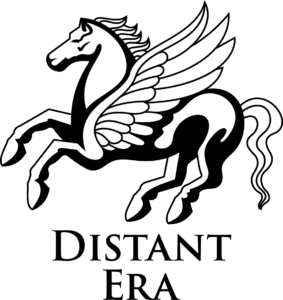
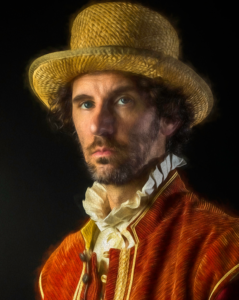

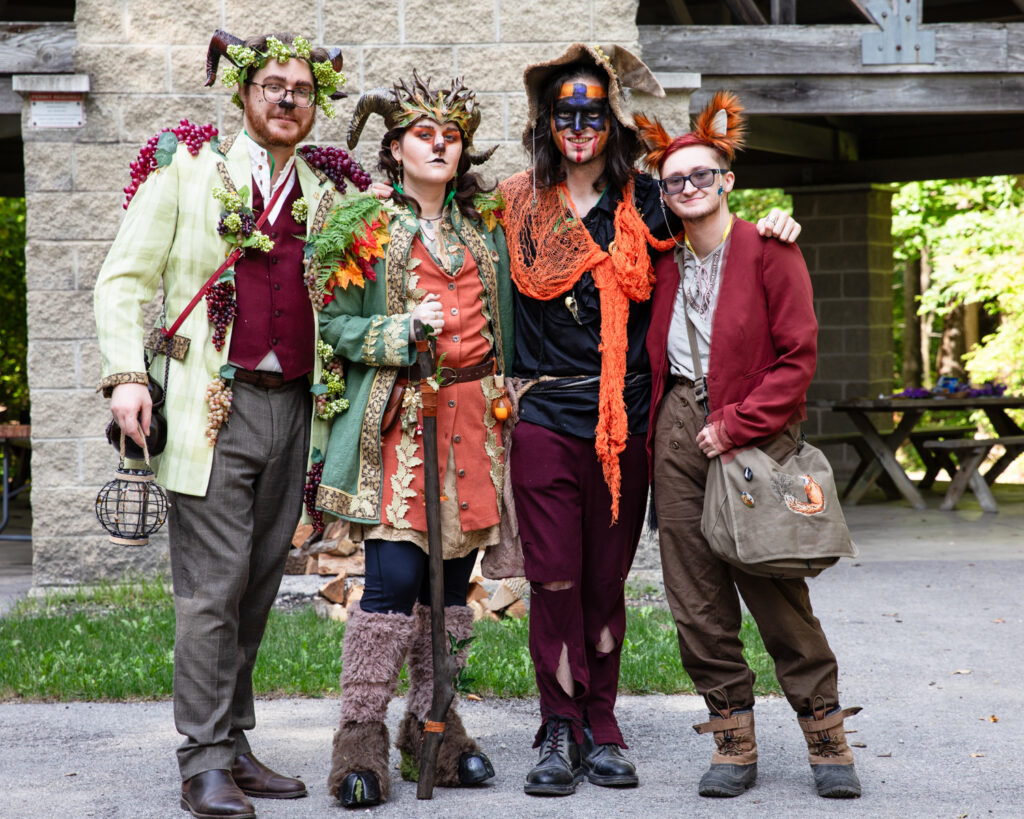
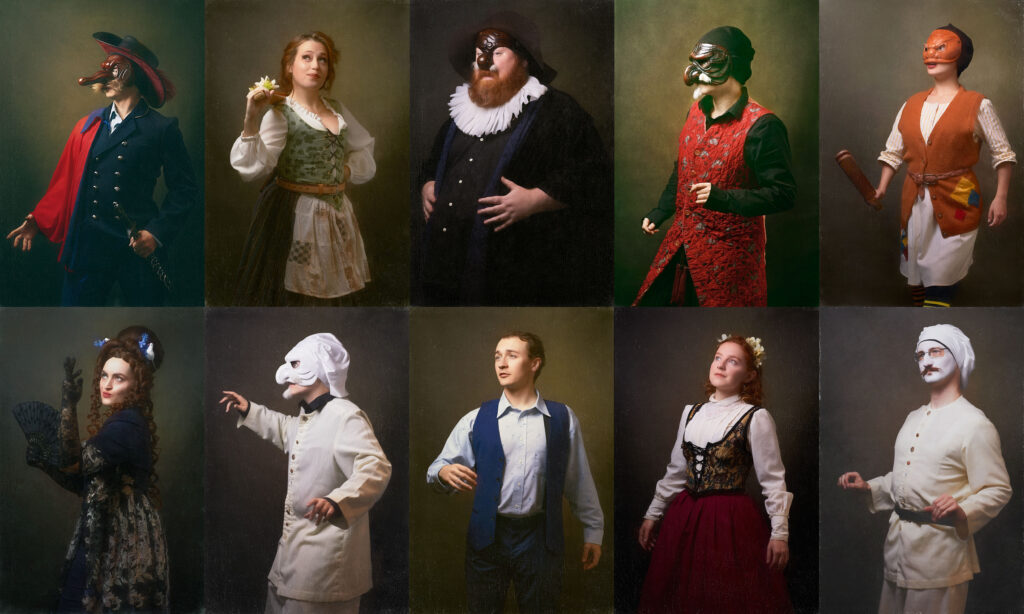
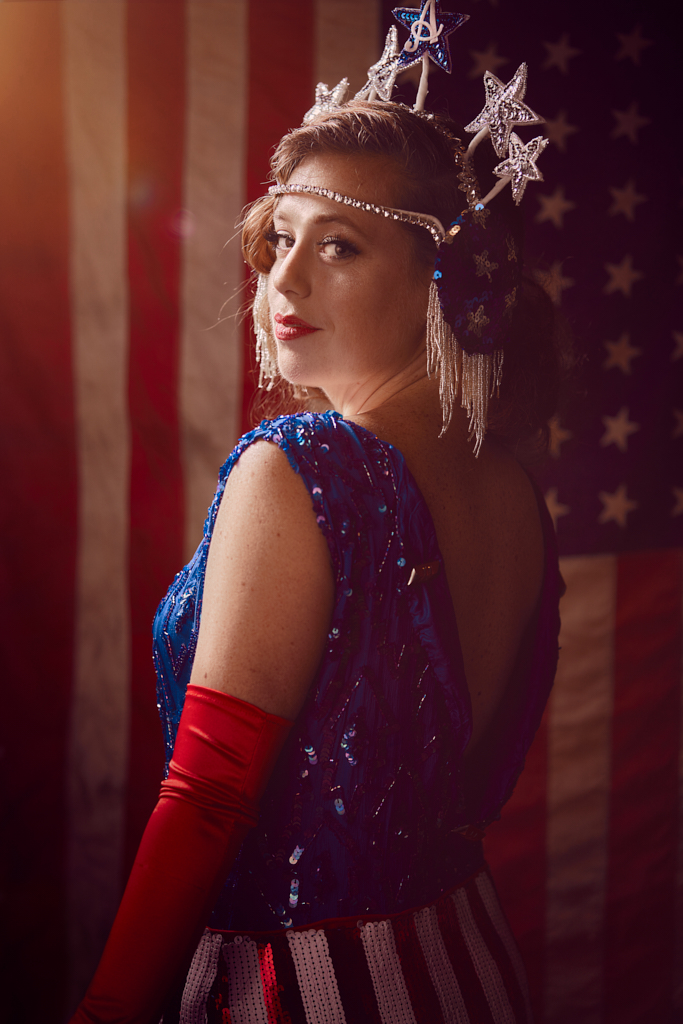



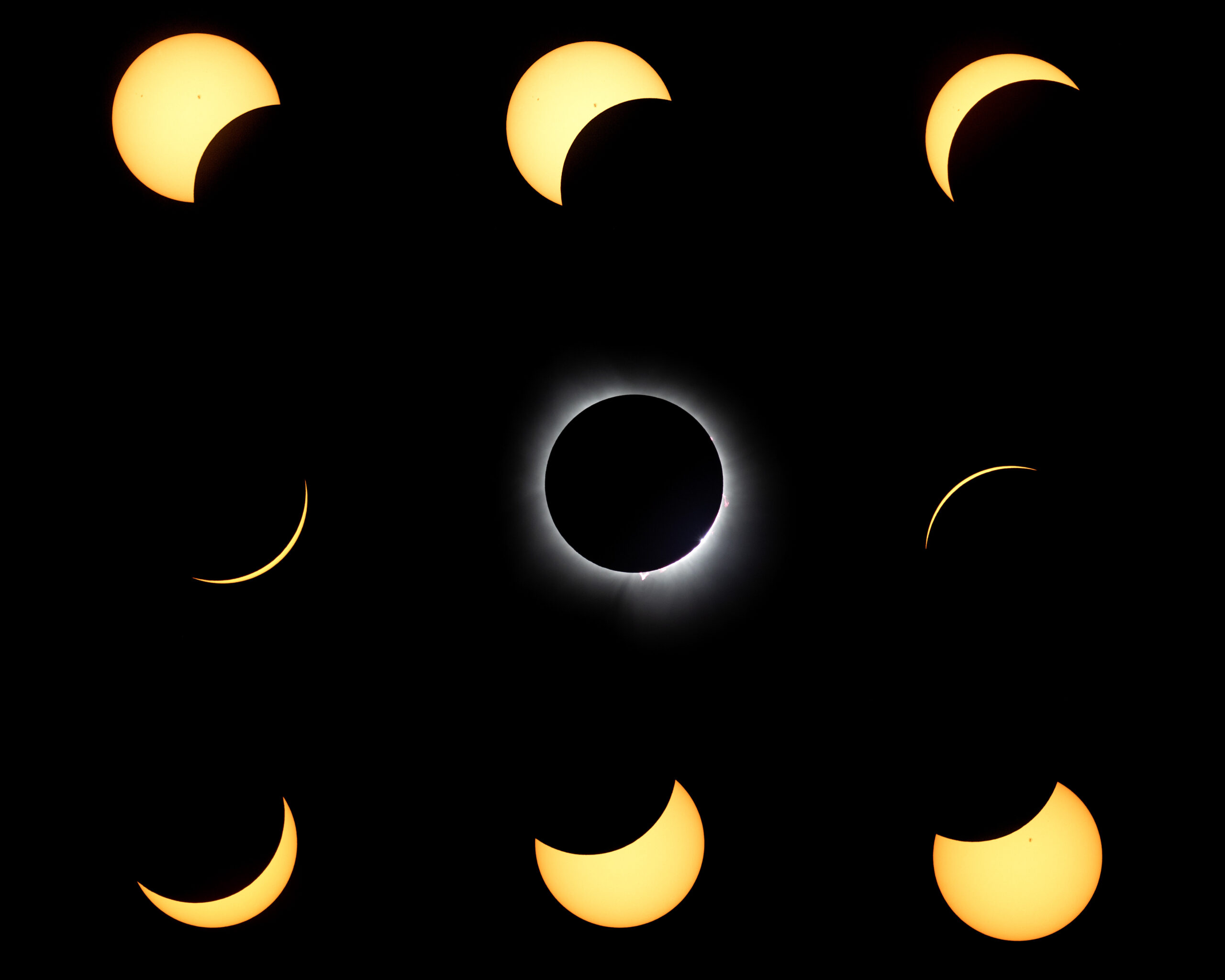
Follow Me